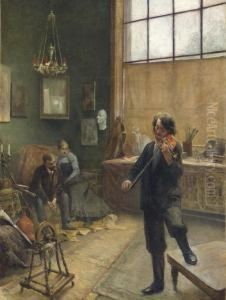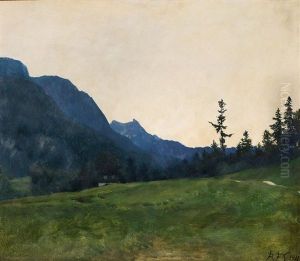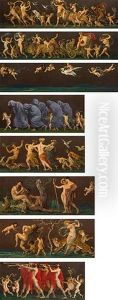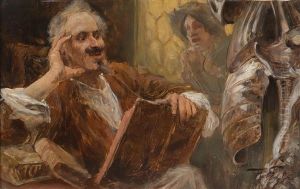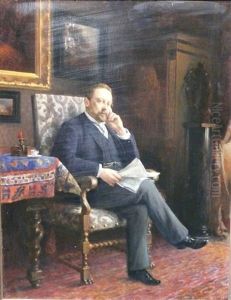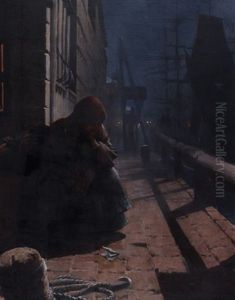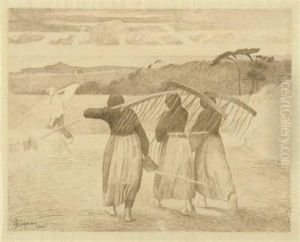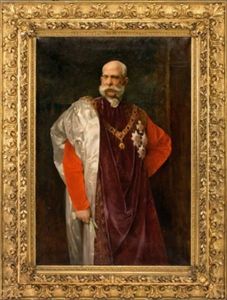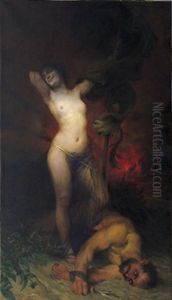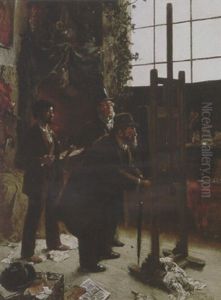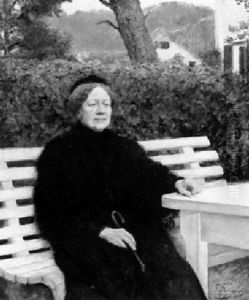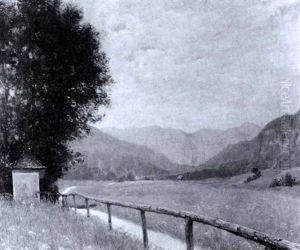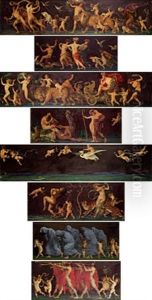Adalbert Franz Seligmann Paintings
Adalbert Franz Seligmann was an Austrian artist, critic, and writer, born on October 2, 1862, in Vienna. He was known for his multifaceted involvement in the art world of his time, engaging in painting, graphic arts, art criticism, and art history. Seligmann studied at the Academy of Fine Arts Vienna, where he was influenced by the academic art traditions of the late 19th century. His early works reflected the style of genre painting, which was popular in Austrian art circles of the time.
In the early 20th century, Seligmann's work began to shift as he encountered the burgeoning modernist movements that were transforming the art landscape across Europe. He was particularly interested in the Secessionist movement in Vienna, which aimed to break away from the conservative constraints of the art establishment. Although not a member of the Vienna Secession, Seligmann was nonetheless influenced by its leading figures, such as Gustav Klimt and Egon Schiele, and the movement's emphasis on innovation and artistic freedom.
As an art critic and writer, Seligmann contributed to various art journals and publications, offering insights into the contemporary art scene as well as historical perspectives. His written works include essays on individual artists and broader art historical topics, reflecting his deep engagement with the intellectual discourse of his time.
Seligmann's career as an artist and critic was inevitably impacted by the political upheavals of the early 20th century, including World War I and the rise of National Socialism. Despite these challenges, he continued to work and publish until his death on December 3, 1945, in New York, where he had emigrated during the rise of the Nazi regime in Europe. His legacy includes not only his own artistic output but also his contributions to the understanding and appreciation of art in a period of profound change.
